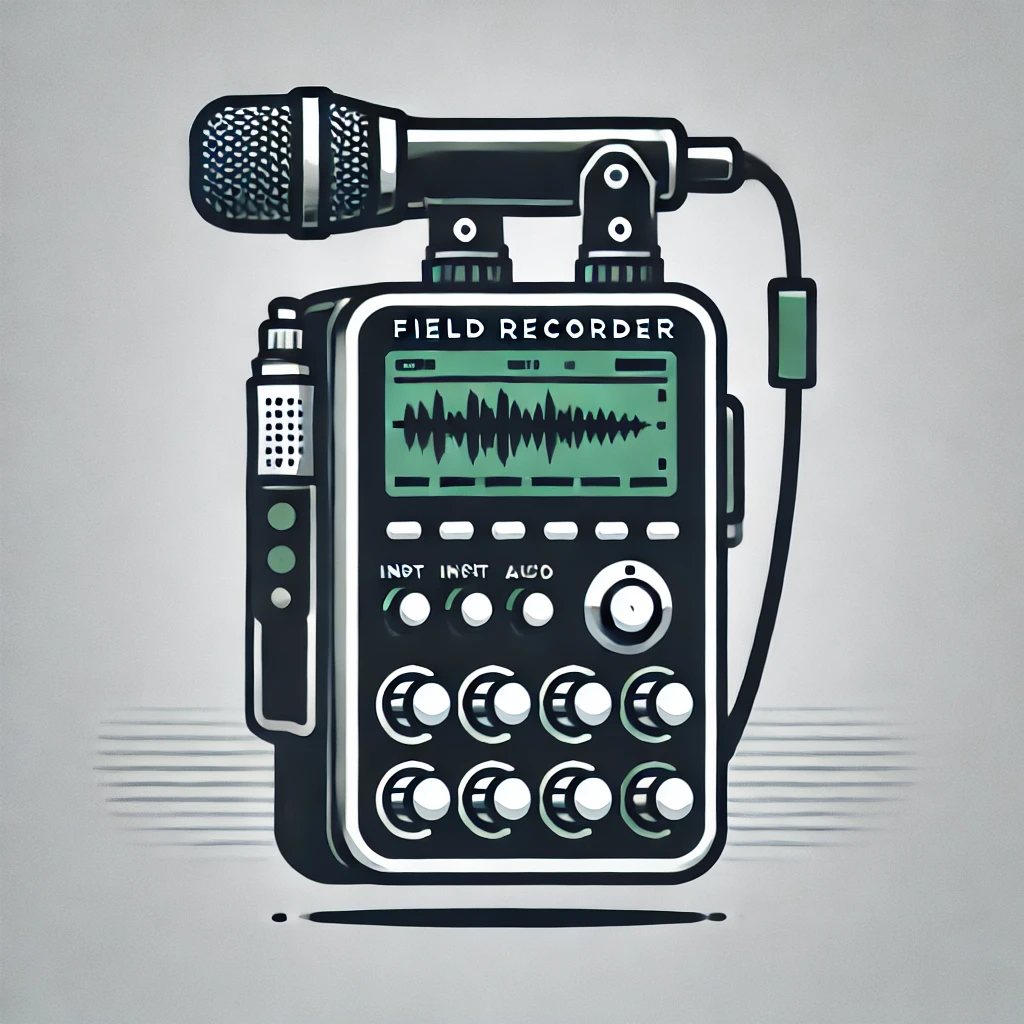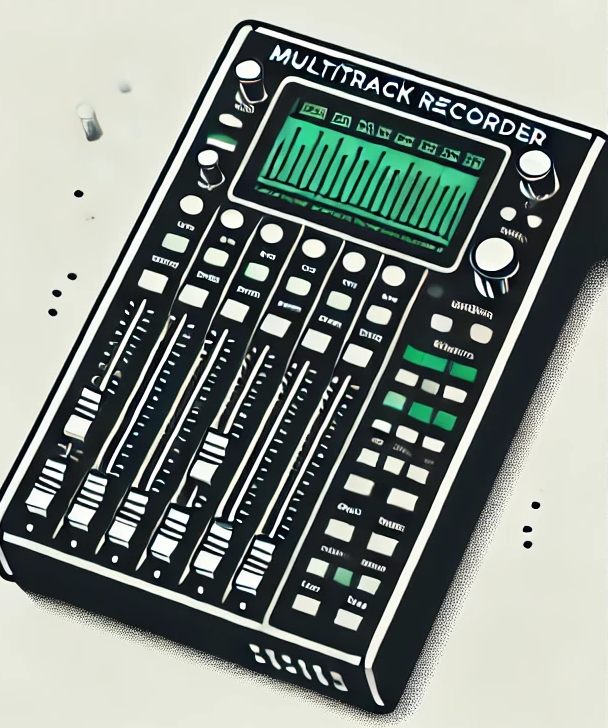Table of Contents
Why Sound Recorders Matter in Filmmaking
Audio quality can make or break a project. While audiences might forgive slightly imperfect visuals, poor audio instantly kills immersion. For Nollywood filmmakers and independent creators alike, a good sound recorder isn’t a luxury, it’s a must.
In-camera audio often falls short. Built-in preamps tend to be noisy and limited. That’s why major Nollywood productions like Wura and To Kill a Monkey relied on dedicated recorders to capture the clear, professional audio that helped them compete internationally.
Field Recorders: Compact and Capable

What Is a Field Recorder?
Field recorders are portable audio devices designed for on-location shoots. They combine professional-grade preamps with rugged designs and flexible inputs, allowing you to record clean, high-quality sound outside a studio environment.
Why They Matter
These little devices punch above their weight:
- XLR inputs with phantom power
- Built-in backup mics
- Dual-card recording for safety
- Timecode sync on higher-end models
In fast-paced Nollywood shoots, field recorders offer the mobility and reliability crews need to keep things moving without sacrificing quality.
Multi-Track Recorders: For Complex Productions

What Makes Them Different?
Multi-track recorders allow you to record several audio sources separately and simultaneously. Each input has its own track, letting you fine-tune every sound in post.
When to Use One
If your film involves multiple actors speaking at once, layered ambient sounds, or complex sound design, a multi-track recorder gives you the flexibility to manage it all without compromise.
These recorders come with:
- Multiple XLR inputs
- Independent gain control
- Advanced routing and monitoring options
- Timecode integration for syncing with video
Field vs. Multi-Track: Which Do You Need?
Here’s the simplest way to look at it:
- Go for a field recorder if you’re shooting on location, need mobility, or have limited inputs.
- Choose a multi-track recorder if your setup is more complex or studio-based, and you need control over multiple sound sources.
What to Consider Before Buying
1. Your Project Type
Documentary? Narrative? Reality-style shoot? Match your gear to your workflow. Field recorders shine on unpredictable sets. Multi-track units excel in controlled environments.
2. Your Budget
Prices vary widely. Entry-level field recorders start around $200. High-end multi-track units can exceed $3,000. Consider renting premium gear if you only need it occasionally.
3. Preamps and Inputs
Good preamps make a world of difference. Look for low-noise, high-headroom preamps with phantom power support so you can use pro-grade mics without issues.
4. Backup Features
Dual-card recording, limiters, and internal mics are safety nets every filmmaker should have. They save time, stress, and sometimes entire scenes.
Tips for Better Audio Recording
Set Proper Input Levels
Aim for average levels around -12dB, with peaks no higher than -6dB. This gives you headroom to avoid clipping while keeping the signal strong.
Label Everything
Track names, input sources, takes—label them on set. Your editor will thank you later.
Monitor Through Headphones
Always listen live. It’s the only way to catch hums, interference, or mic rustle before they ruin a take.
Record Room Tone
Capture 30 seconds of ambient sound in every location. You’ll need it in post to smooth out edits.
Final Thoughts
Great audio doesn’t just happen. It takes planning, the right tools, and careful attention on set. Choosing the right sound recorder is a foundational step toward producing films that hold up against international standards.
In Nollywood, where time and resources can be tight, a quality recorder is one of the smartest investments you can make. Whether you’re working with a two-person crew or a full production team, clear audio sets you apart.
Let your story be heard—literally. Get the right recorder, learn how to use it well, and make every word count.















Leave a comment